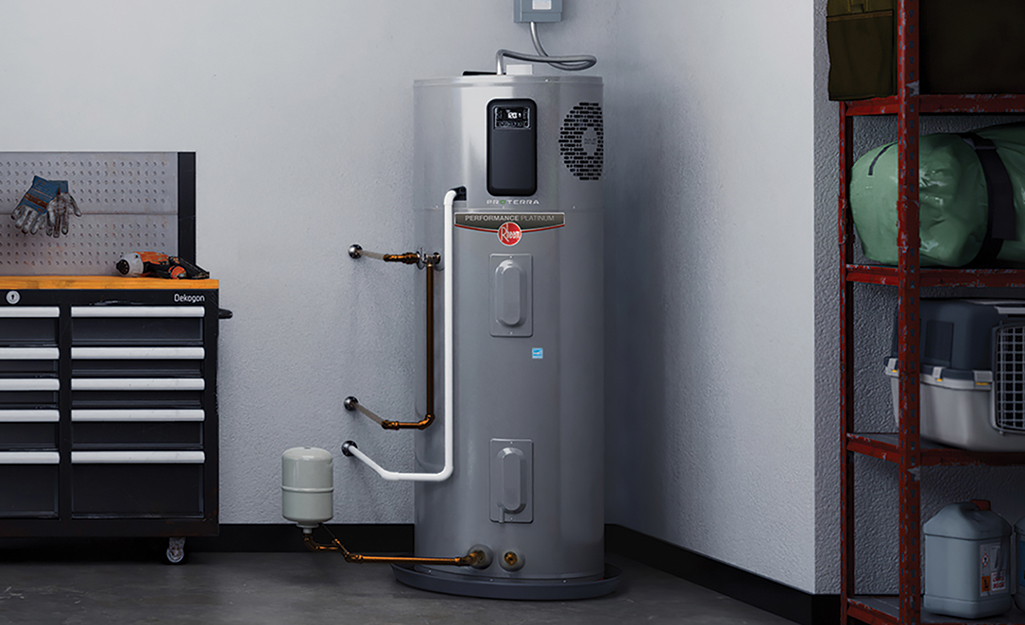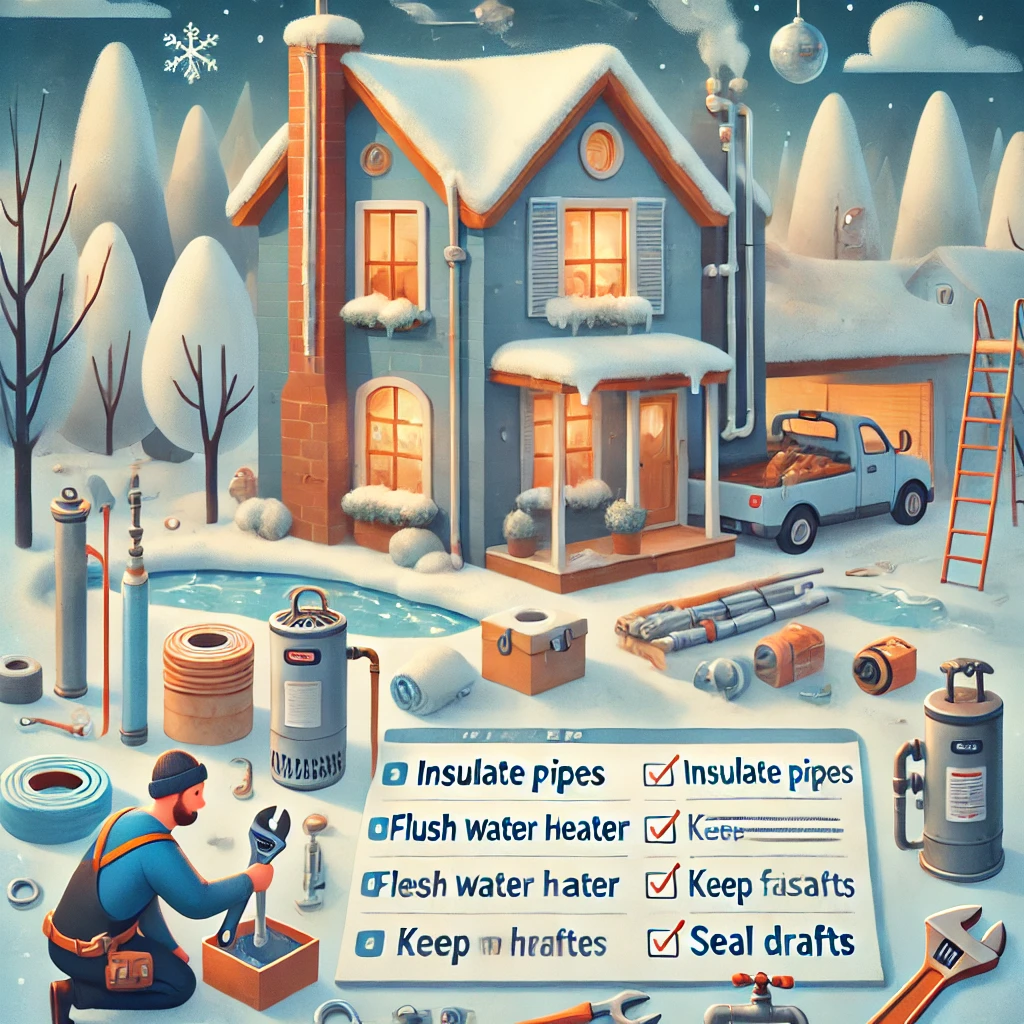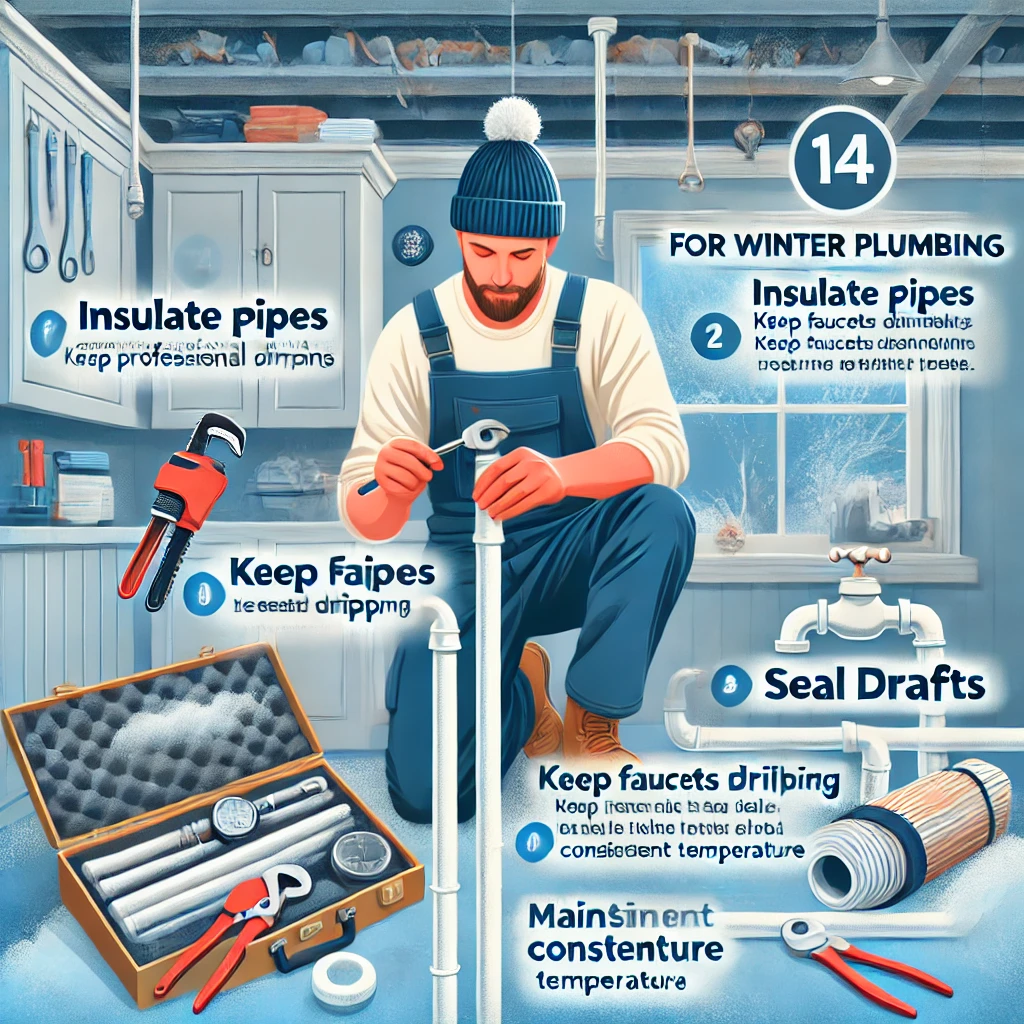Kitchen plumbing is a fundamental component of any home, encompassing the network of pipes, fixtures, and appliances that facilitate cooking, cleaning, and waste disposal. This comprehensive guide will explore the intricacies of kitchen plumbing, its importance, installation, common issues, maintenance strategies, and environmental considerations.
Understanding Kitchen Plumbing
Kitchen plumbing primarily includes the water supply and drain lines for sinks, dishwashers, and refrigerators with water dispensers or ice makers. It also involves the gas lines for stoves and ovens, making it a complex system requiring careful design and maintenance.
Importance of Efficient Kitchen Plumbing
- Functionality: Efficient plumbing ensures the smooth operation of kitchen tasks.
- Hygiene and Sanitation: Properly functioning plumbing is crucial for maintaining cleanliness in food preparation areas.
- Water Conservation: Good plumbing practices help in reducing water wastage.
- Comfort and Convenience: A well-designed kitchen plumbing system adds to the overall comfort and usability of the space.
Installation and Upgrades
Installing kitchen plumbing involves:
- Design and Layout Planning: Considering the placement of sinks, dishwashers, and appliances for optimal functionality.
- Quality Materials: Using durable pipes and fittings to prevent leaks and ensure longevity.
- Professional Installation: Ensuring that installation complies with local building codes and standards.
Upgrades often include:
- Modern Fixtures: Such as low-flow faucets or touchless taps for increased efficiency and convenience.
- Improved Piping: Replacing old pipes with corrosion-resistant materials.
- Advanced Appliances: Installing modern appliances that are more water and energy-efficient.
Common Kitchen Plumbing Issues
Some frequent problems encountered in kitchen plumbing are:
- Clogged Drains: Often caused by food scraps, grease, and foreign objects.
- Leaky Faucets and Pipes: Can lead to water wastage and damage.
- Garbage Disposal Malfunctions: Due to improper usage or wear and tear.
- Low Water Pressure: Can be due to clogged aerators or issues in the main supply.
- Faulty Appliances: Problems with dishwashers or refrigerators impacting the plumbing system.
Maintenance Tips
Routine maintenance is key to a well-functioning kitchen plumbing system:
- Regular Cleaning: Keeping drains free of food scraps and grease.
- Inspecting for Leaks: Checking faucets and under-sink pipes for signs of leakage.
- Servicing Appliances: Regular maintenance of dishwashers and garbage disposals.
- Water Pressure Checks: Ensuring the pressure is within a safe range.
Water Conservation in Kitchen Plumbing
Conserving water in the kitchen involves:
- Installing Aerators: On faucets to reduce flow without compromising function.
- Efficient Appliances: Choosing dishwashers and refrigerators that are water-efficient.
- Mindful Practices: Encouraging habits like not leaving the tap running unnecessarily.
Dealing with Kitchen Plumbing Emergencies
In case of a plumbing emergency, such as a major leak or a clogged drain causing overflow, quick action is necessary. Knowing how to shut off the water supply and having basic tools like a plunger can be helpful.
DIY vs Professional Plumbing Services
While some kitchen plumbing tasks can be DIY, such as replacing a faucet or unclogging a drain, complex issues should be handled by professionals to ensure safety and compliance with standards.
Environmental Considerations
Sustainable practices in kitchen plumbing include:
- Eco-Friendly Materials: Using pipes and fixtures made from sustainable or recycled materials.
- Waste Reduction: Implementing garbage disposal practices that minimize waste.
- Energy-Efficient Solutions: Using appliances and fixtures that conserve water and energy.
Technological Advancements
Modern kitchen plumbing benefits from advancements such as:
- Smart Faucets: Touchless faucets or those with built-in water filtration systems.
- Efficient Garbage Disposals: Advanced models that handle waste more efficiently.
- Water Leak Detectors: Devices that alert homeowners to leaks, preventing major damage.
Remodeling and Kitchen Plumbing
Remodeling a kitchen often involves revisiting the plumbing system:
- Redesigning Layouts: For more efficient use of space and resources.
- Upgrading Systems: Incorporating modern plumbing solutions for enhanced functionality.
- Professional Consultation: Working with experts to ensure that the new design meets all functional and regulatory requirements.
Conclusion
Kitchen plumbing is a critical aspect of home infrastructure, playing a vital role in the functionality and efficiency of one of the most used spaces in a house. Understanding the components and importance of kitchen plumbing, addressing common issues, and adhering to best maintenance practices ensures a well-operating system.
Incorporating water-conserving fixtures and appliances and staying abreast of technological advancements can significantly enhance the efficiency and environmental friendliness of kitchen plumbing. Whether building a new kitchen, upgrading existing plumbing, or tackling repairs, a combination of professional, expertise, modern techniques, and high-quality materials is essential.
This approach not only guarantees the longevity and reliability of your kitchen plumbing but also contributes to a more sustainable and eco-friendly home environment. Furthermore, engaging with experienced plumbers for regular inspections and maintenance helps in early detection and resolution of potential issues, preventing costly repairs.
Ultimately, a well-planned and maintained kitchen plumbing system not only improves the daily functionality of your kitchen but also adds significant value to your home, ensuring it meets the demands of contemporary living while offering comfort and convenience.






Leave a Reply